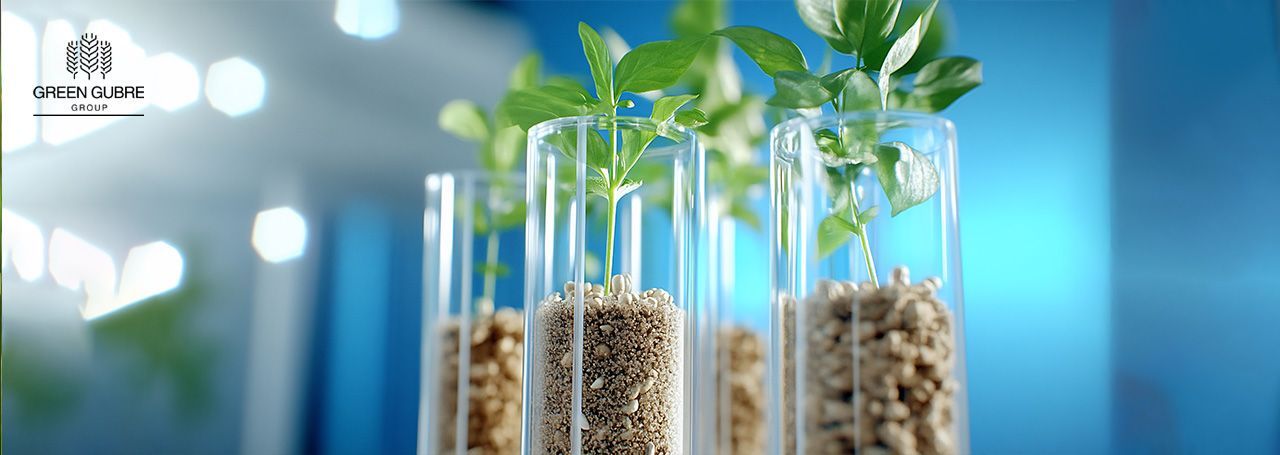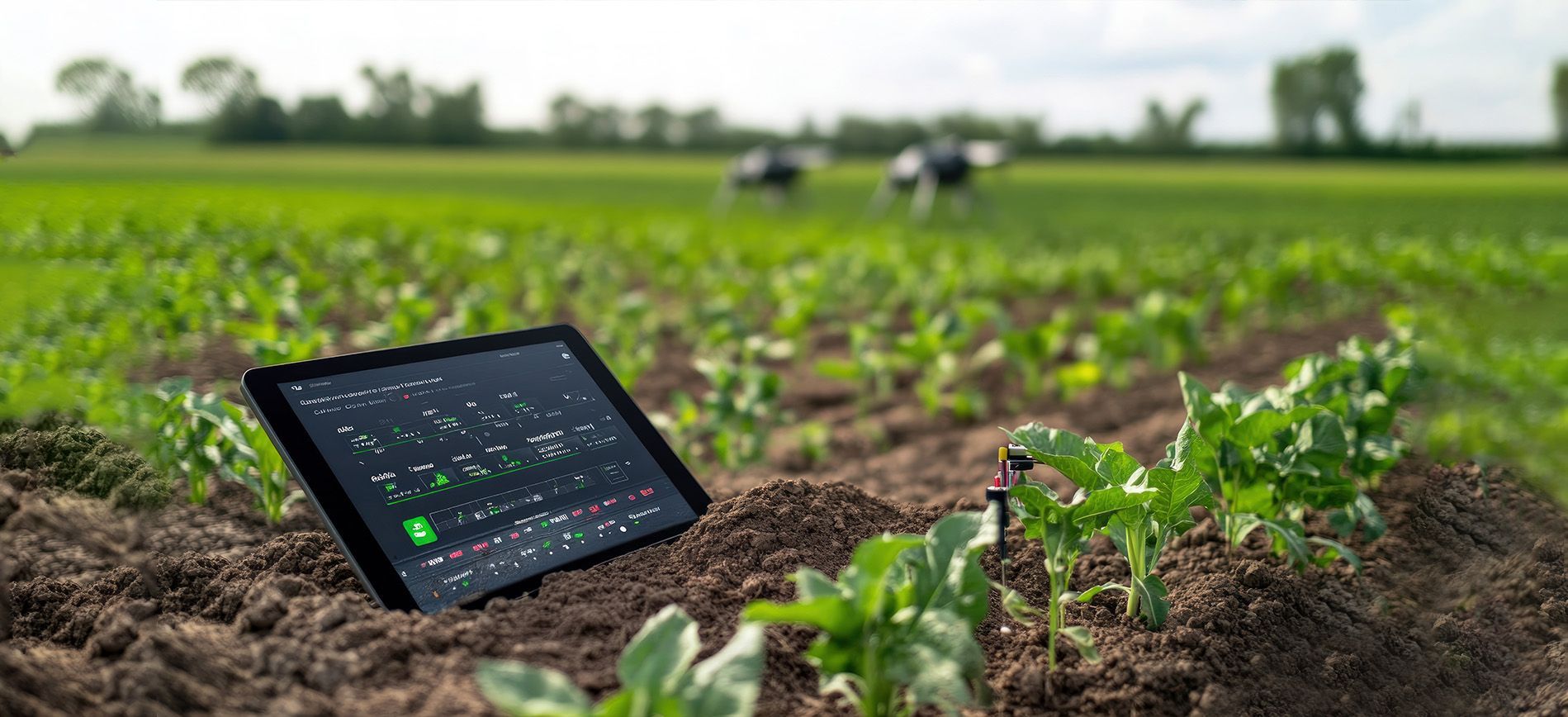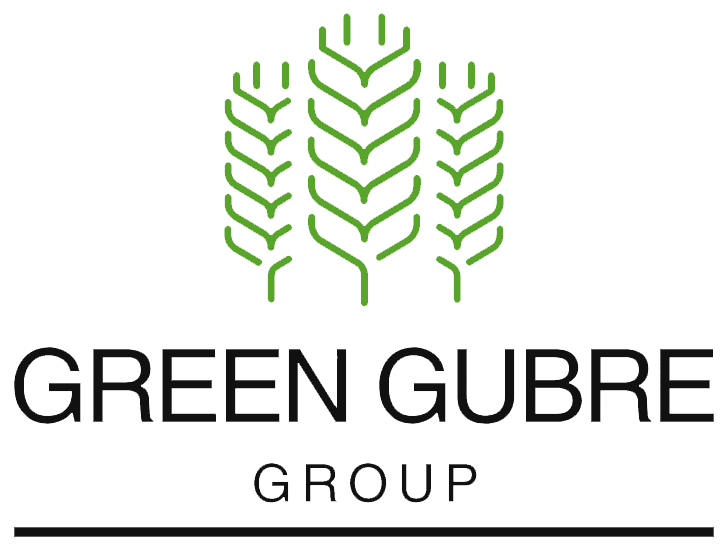Biostimulants – Enhancing Crop Performance Beyond Nutrition
Biostimulants – Enhancing Crop Performance Beyond Nutrition

Introduction: Unlocking Plant Potential for a Sustainable Future
Biostimulants are revolutionizing modern agriculture by enhancing plant health, resilience, and productivity through biological and natural mechanisms rather than direct nutrient supply. They do not replace fertilizers but work synergistically with them to boost nutrient uptake, stimulate root development, improve stress tolerance, and foster beneficial microbial activity in the soil.
As agriculture faces mounting pressures—from climate variability to regulatory constraints and consumer demand for residue-free produce—biostimulants offer a powerful tool to improve both yield and sustainability. Their use is particularly effective in high-value crops, organic systems, and regions with climate-sensitive conditions.
🔗 FAO – The Role of Biostimulants in Sustainable Agriculture
1. What Are Biostimulants? Definitions and Categories
Biostimulants are substances or microorganisms that, when applied to plants or soils, stimulate natural processes to enhance nutrient efficiency, abiotic stress tolerance, and crop quality—regardless of their nutrient content. Common types include:
- Humic and Fulvic Acids: Improve soil structure, nutrient chelation, and microbial activity, especially in degraded soils.
- Seaweed Extracts: Rich in plant hormones like cytokinins and auxins, they stimulate shoot growth, flowering, and root development.
- Amino Acids and Protein Hydrolysates Serve as precursors to plant enzymes and hormones, thereby improving nitrogen metabolism and facilitating stress recovery.
- Microbial Biostimulants, Mycorrhizal fungi, and plant growth-promoting rhizobacteria (PGPR) enhance nutrient solubilization and increase root surface area.
- Chitosan and Other Biopolymers: Trigger plant defense responses and improve resistance to diseases and abiotic stress.
Biostimulants differ from fertilizers, pesticides, and soil amendments in that they activate the plant’s intrinsic biological pathways, rather than supplying essential nutrients or acting as protectants.
2. Agronomic and Environmental Benefits of Biostimulants
The effectiveness of biostimulants lies in their ability to promote holistic plant health through:
- Improved Nutrient Uptake: Biostimulants enhance root architecture and microbial activity, thereby increasing the bioavailability of nutrients.
- Enhanced Stress Tolerance: By regulating antioxidant enzyme systems and plant hormones, they mitigate the impact of drought, salinity, heat, and cold stress.
- Accelerated Growth and Development: Promote earlier flowering, improved fruit set, and uniform maturity.
- Soil Health Improvement: Stimulate microbial diversity, increase organic matter turnover, and support rhizosphere activity.
- Crop Quality Enhancement: Results in improved fruit size, color, sugar content, and shelf life—critical in horticulture and export agriculture.
For example, seaweed extract applications in tomato and pepper crops have been shown to increase Brix levels and marketable yield by up to 20%.
3. Application Methods and Timing for Maximum Effect
Biostimulants are highly versatile and can be applied at multiple crop stages using various techniques:
- Seed Treatment: Coating seeds with humic acids or PGPR promotes early germination and root vigor.
- Soil Application: Drip or broadcast delivery of microbial and organic biostimulants targets the rhizosphere directly, providing direct benefits to the plant.
- Foliar Spray: Delivers rapid plant response during flowering, fruiting, or periods of abiotic stress.
- Fertigation: Integrated into irrigation systems, biostimulants provide a continuous, low-dose delivery tailored to crop growth phases.
Correct timing is key—foliar applications are most effective before or during critical physiological stages, while soil applications are most effective when applied pre-planting or during early establishment.
🔗 Frontiers in Plant Science – Biostimulant Application Techniques
4. Global Market Trends and Regulatory Developments
The biostimulant market is among the fastest-growing segments in agri-inputs, driven by:
- Sustainability Mandates: Policies like the EU Green Deal promote reduced chemical fertilizer use and increased nutrient efficiency.
- Climate Change Response: Farmers seek resilience tools for increasingly variable growing conditions.
- Demand for Residue-Free Produce: Biostimulants provide quality gains without synthetic residues, aligning with consumer expectations.
- Organic and Regenerative Farming: Compatible with eco-certifications and natural farming systems.
Market Outlook:
- Valued at $4.5 billion in 2025
- Forecast to reach $7.8 billion by 2030 (CAGR 11.9%)
Leading markets include the European Union, the United States, Brazil, India, and China, with rising adoption in Africa and Southeast Asia.
5. Green Gubre Group – Biostimulant Solutions for Every Farm
At Green Gubre Group, we offer a comprehensive biostimulant portfolio that addresses diverse agronomic needs and production systems:
- Humic & Fulvic Acid Concentrates: For improved soil fertility and nutrient retention in degraded or sandy soils.
- Seaweed Extract-Based Formulas: Boost fruiting and recovery from stress in vegetables and orchard crops.
- Amino Acid Complexes: Designed for rapid recovery after transplanting, pruning, or temperature extremes.
- Microbial Inoculants: Mycorrhizal fungi, rhizobacteria, and Trichoderma strains for nitrogen fixation and disease suppression.
- Custom Biostimulant Programs: Tailored for hydroponics, organic farming, or integrated nutrient management plans.
We provide technical support for compatibility, dosage, application scheduling, and integration with nutrient and crop protection programs.




